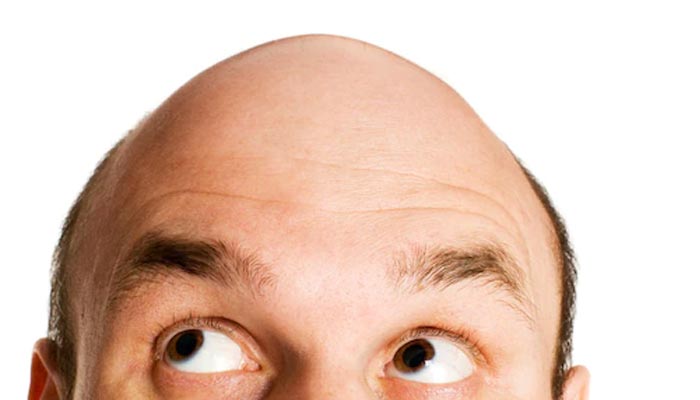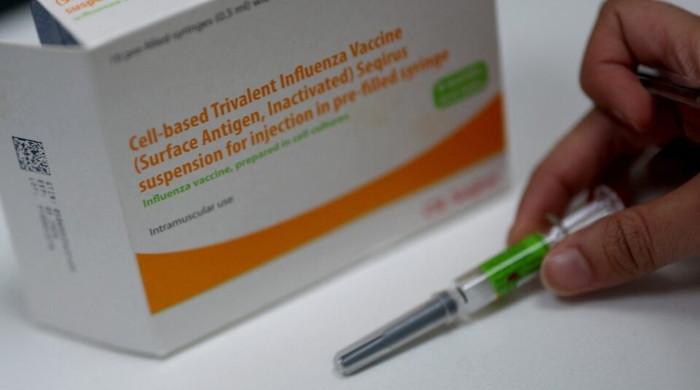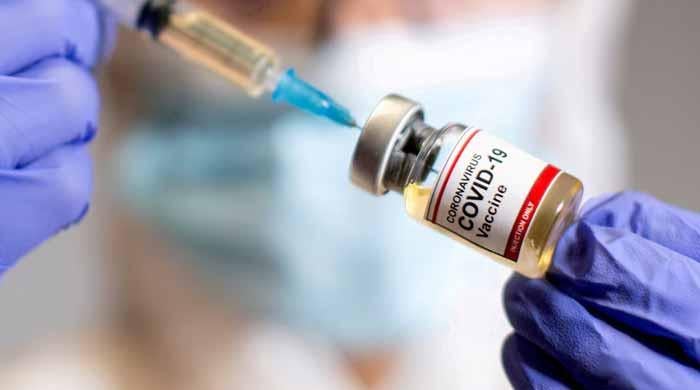Discovery of new molecule can cure baldness
"Dermal papilla cells can send signals that either keep follicles dormant or trigger new hair growth," says UCI professor
July 04, 2022

- Molecule SCUBE3 can cure baldness and other hair loss conditions.
- "Dermal papilla cells can send signals that either keep follicles dormant or trigger new hair growth," says PhD UCI professor.
- He adds that test in human hair transplant model validates preclinical potential of SCUBE3.
Scientists at the University of California-Irvine discovered that the molecule SCUBE3 can cure baldness and other hair loss conditions.
Although researchers were aware that dermal papilla cells can trigger hair growth, the genetic process was largely unknown until recently.
“At different times during the hair follicle life cycle, the very same dermal papilla cells can send signals that either keep follicles dormant or trigger new hair growth,” said Maksim Plikus, PhD UCI professor of developmental and cell biology, in a university press release.
“We revealed that the SCUBE3 signalling molecule, which dermal papilla cells produce naturally, is the messenger used to ‘tell’ the neighbouring hair stem cells to start dividing, which heralds the onset of new hair growth.”
For the study, researchers used a “mouse model” with hyperactivated dermal papilla cells and excessive hair. They transplanted human scalp follicles into mouse skin and after injecting the mice with SCUBE3, they found that the molecule triggered new hair growth.
“There is a strong need for new, effective hair loss medicines, and naturally occurring compounds that are normally used by the dermal papilla cells present ideal next-generation candidates for treatment,” Plikus told UCI News.
“Our test in the human hair transplant model validates the preclinical potential of SCUBE3.”









